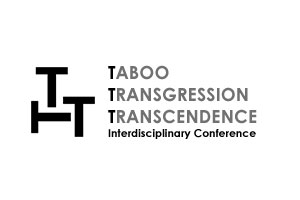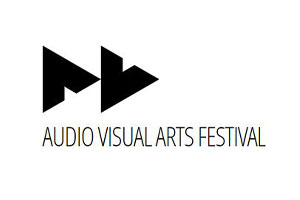Description:
This course focuses on the basic features the diverse practices and forms that are specific to internet and post-internet art as well as the technological developments associated with the Net. It’s main themes will be approached through the presentation of essential artworks that have contributed to the development of this field. Part of the discussion involves the reference to the (cyber)cultural and social environment that has shaped this art form such as the issue of communication, commodification, identity and activism among others.
Keywords: telematic art, software-based art, data based art, cyber-culture, cyber-identity, activism, social space,
Objectives (hour):
1. Technological events that shaped the internet, the relation of internet art to previous art movements and the first online art related communities.
2. Early internet art, the different forms that internet art developed as well as the themes that the pioneers of this art form worked with, such as Hypertext and Textual aesthetics, collective projects, telematics, tele robotic and more.
3. New trends in internet art and the post - internet art.
4-5. Discussion and development of a draft for a future project.
Prerequisites/advisable prior knowledge: Basic knowledge of the history of contemporary art and the digital arts.
Evaluation: Collective discussion and development of a draft for a future project.
Recommended reading list:
Natalie Bookchin, Alexei Shulgin , Introduction to net.art (1994-1999) https://diktion.wordpress.com/2011/03/07/introduction-to-net-art-1994-1999-natalie-bookchin-alexei-shulgin/
Joachim Blank, What is netart ;-)? http://www.irational.org/cern/netart.txt
Eduardo Kac, Interactive art on the Internet http://90.146.8.18/en/archives/festival_archive/festival_catalogs/festival_artikel.asp?iProjectID=8626
Michael Connor, What's Post-internet Got to do with Net Art? https://rhizome.org/editorial/2013/nov/01/postinternet/
diktion.wordpress.com (selected articles)
Back to courses





